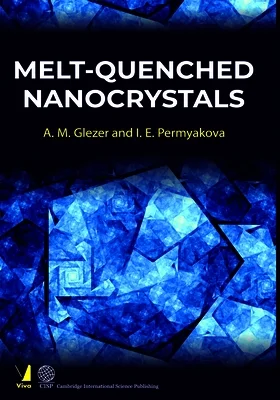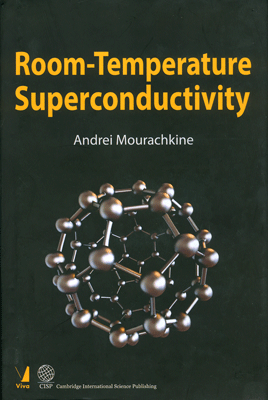Machinability of Powder Metallurgy Steels
Machinability of Powder Metallurgy Steels
₹2,065.50 ₹2,295.00 Save: ₹229.50 (10%)
Go to cart-
Out of Stock
ISBN: 9788130931555
Bind: Hardbound
Year: 2017
Pages: 552
Size: 153 x 229 mm
Publisher: Cambridge International Science Publishing
Published in India by: Viva Books
Sales Territory: India, Nepal, Pakistan, Bangladesh, Sri Lanka
Description:
The machinability of powder metallurgy steels is lower compared with wrought steel due to a large number of material variables. Therefore the machining of powder metallurgy (PM) materials is a permanent subject of investigations and practice. The aim of this book is to present knowledge concerning the machinability of PM steels and show areas for improvement. Because tool wear and failure result from the interaction of the workpiece, tool and cutting conditions, these areas are described and analysed in the book for sintered iron, carbon steels, alloyed, stainless and powder forged steels.
Target Audience:
Students & academics of materials science & metallurgy.
Contents:
Introduction
Powder Metallurgy Processes and Materials: metal powder production • chemical, physical and technological characteristics of metal powders • mixing and compaction • sintering • alloying methods and alloying elements • secondary operations • porosity and mechanical properties of sintered iron and steel
Principles of Machining of Steel: machining processes • characterisation of machining processes • analysis of the machining process • machinability testing
Cutting Tools: cutting tool materials • high speed steels • hardmetals • stellite • cermets • ceramics • cubic boron nitride • polycrystalline diamond (PCD) • tool coatings and hardening processes • cutting tool wear and tool life • cutting tools, workpiece material and surface integrity
Factors Influencing the Machinability of PM Steels: effect of processing characteristics on machinability • effect of material characteristics on machinability
Measures to Improve the Machinability of PM Steels: machining aids in PM • role of machining aids in machining process • metal sulphide characteristics and effects • manganese sulphide characteristics • sulphides of other elements • production processes • microstructure modification • green machining • effect of machining operations • tool coating • Machining of Sintered Steels-State of the Art: plain iron and iron-carbon steels • iron-copper-carbon steel • nickel alloyed steels • diffusion alloyed steels • stainless steel • effect of density and sintering temperature and atmosphere • comparing the machinability of various steels under different cutting conditions • drilling test with constant thrust force • effect of some machining aids on machinability of various alloys • machinability vs. mechanical and other characteristics of PM • high machinability rating PM steels and conditions • standardizing the machinability of PM steels • special processing and machining routes for high-strength - hardness PM metals • green machining • heat treatment processes and machinability • machining of powder forged steels
Recommendations for Machining of PM Steels: recommendations for drilling • selection of drill type • recommendations for turning • cutting tools and general cutting conditions • specific recommendations and cutting data • tapping and threading • recommendations and cutting data for milling, reaming, broaching and green machining • parameters for optimizing machining of PM parts
Appendix • References • Index
About the Authors:
Andrej Šalak, Chief Scientist at the Institute of Materials Research of SAS in Koice, Slovakia, where he has been working for 38 years in ferrous PM research.
Marcela Selecká, is scientific worker at the Institute of Materials Research of SAS in Koice where she has been working since 1978 in PM research. She has authored more than 200 articles published in journals and in conference proceedings. Marcela Selecká is Editor-in-Chief of the journal Powder Metallurgy Progress.
Herbert Danninger is a professor of Chemical Technology of Inorganic Material at the Vienna University of Technology, Vienna, Austria. He has been working in the field of powder metallurgy since 1978 and has published than 200 publications on PM related topics.







